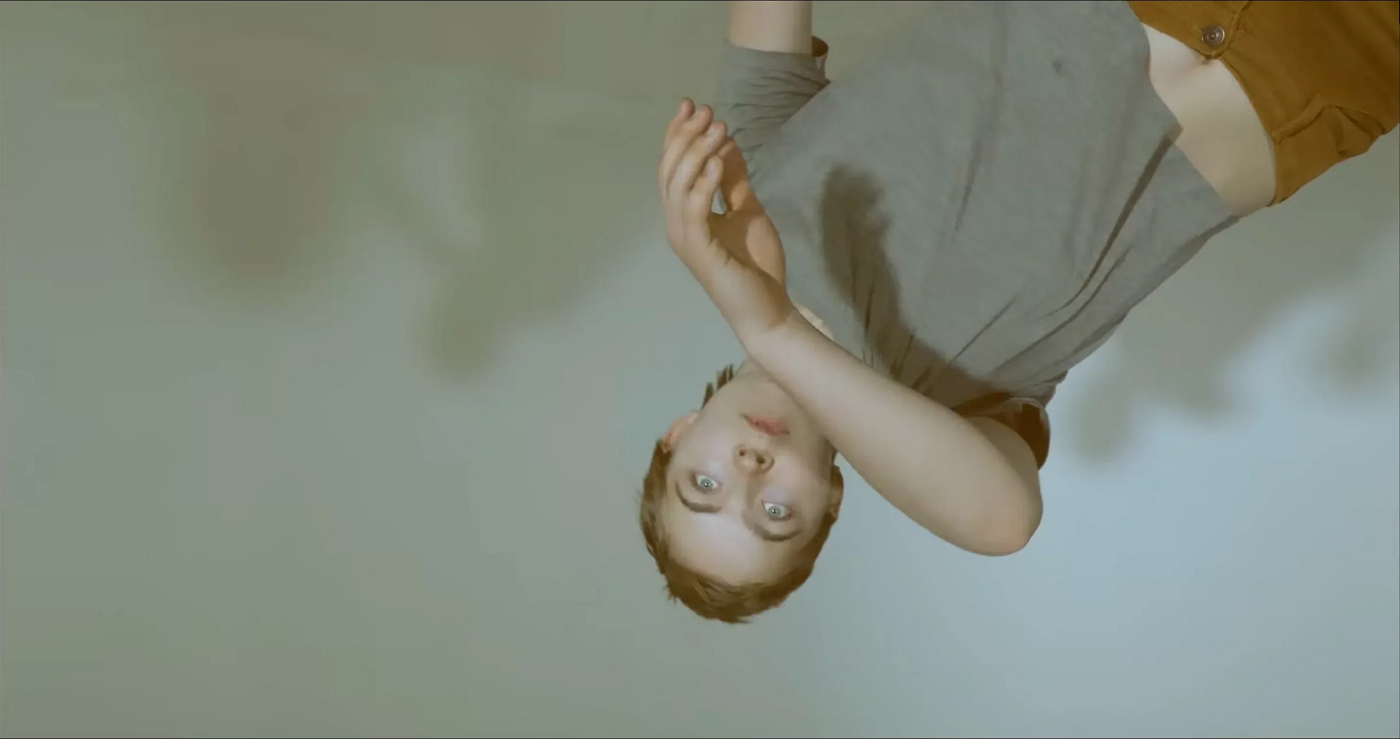
The Noori Screendance Festival: A Love Letter to Intentional Movement
Performance & Theatre

Noori Screendance Festival
Feb. 24 & 25, 7:30 p.m.
UMOCA Auditorium | 20 South W. Temple Street
Dancing is at once public and personal, artistic and skillful, performative and transformative. In the opening scene of One Person’s Footsteps, one of eight films featured at this year’s Noori Screendance Festival, Haleigh Larmer says dance is one of the only ways she’s able to process what she experiences in life. “When I’m dancing, I feel like I’m having a conversation with myself,” she continues. “Anyone who’s viewing it might not know what I’m processing, but the impact of seeing me going through whatever I’m processing impacts them.”
The Noori Screendance Festival is a celebration of film and dance and the way the two disciplines combine. Co-curators Rae Luebbert and Taylor Mott hope the festival will reimagine storytelling and offer new perspectives to viewers through screenings this Friday and Saturday, Feb. 24–25, at the Utah Museum of Contemporary Art. “A dancer may use the articulation of their hand to tell a story while a filmmaker builds with shadows and framing,” Luebbert says. “Together, you have a partnership that lends to surprise and play.”
Since its inaugural 2020 iteration, the Noori Screendance Festival has grown. The first festival took place in a small film production warehouse with no funding, Luebbert says, but this year’s more established festival has expanded to include an honorarium thanks to funding through the Salt Lake Arts Council. Film submissions were received from throughout Utah, with a few coming from across the country and the rest of the world. “The festival feels like it has elevated from a DIY screening to an event that can really celebrate and honor the interdisciplinary work that is being done in screendance,” Luebbert says.
“Utah has a strong film and dance community, but there is something really special about the screendance scene here.”
While Mott says she and Luebbert were “hard pressed” to choose which films to feature out of the wide range of submissions they received, they ultimately selected films that represent a diversity of voices within the screendance community. “We are featuring film and dance that has something to say—if you listen,” Mott says.
There is no right or wrong way to screendance, and this year’s lineup features experimental work in various forms. Some of the selected films were expertly created with a high production value while others were shot on an iPhone. One of the films, “Dance for our Departed,” comprises livestream footage from a mass Zoom call—proof that dance can bring us together even when we’re forced apart.
Each screendance conveys a new emotion and shift in tone. Roxanne Gray’s The Fall plays with light and shadow, warped camera angles and restrained movements that accentuate its artistic details. Meredith Wilde’s Trance showcases movement as a spellcasting manifestation—literally. Rehearsals on Falling features playful choreography in a variety of unique settings.
“We can take art really seriously, especially in the dance world, so I always love moments of humor which can be a refreshing surprise,” Luebbert says of Tori Meyer’s accidentals, which showcases the way screendance is free from the constraints of time and space in ways that other dance performance methods are not. “On the other hand, YEL by Rima Pipoyan is really powerful,” Luebbert says. “I find myself holding my breath at the intensity of Rima’s movement as the wind whips her long, black costume in the harsh, barren landscape.”
Mott is most excited to witness the live audience reaction to the film that will close the festival on both evenings, Handstitched by Virginia Broyles. Without giving away too much, this submission combines whimsical movements from five talented dancers with an unexpected storyline to create a true feast for the eyes.
“A dancer may use the articulation of their hand to tell a story while a filmmaker builds with shadows and framing. Together, you have a partnership that lends to surprise and play.”

In a state that fosters dancers and has reared the likes of Derek and Julianne Hough, Lindsay Arnold, Jenna Johnson and more, it’s no surprise that a screendance festival would succeed. “Utah has a strong film and dance community, but there is something really special about the screendance scene here,” Luebbert says. “There are a variety of factors here at play, including the fact that the University of Utah has a graduate screendance certificate that is connected to the School of Dance and the Film & Media Arts Department.”
Luebbert says she has always found the art community in Salt Lake City to be smaller but more tight knit than other cities, which encourages conversations and collaboration. “Ultimately, this leads to more opportunities for experimental and interdisciplinary work, which fosters phenomenal screendances,” she says.
The Noori Screendance Festival is all about supporting artists and providing community. “Rae and I have the pleasure of knowing and loving much of the dance and film circles in Utah,” Mott says. “The idea of Noori is to create a space that can welcome both those communities, celebrate the amazing, hardworking artists and encourage future collaborations.”
The Noori Screendance Festival is free to attend with a suggested donation of $15. The event is a partnership with loveDANCEmore and is supported by funds from the Salt Lake Arts Council, National Endowment for the Arts, Utah Division of Arts & Museums and Zoo, Arts and Parks (ZAP). More information can be found at lovedancemore.org.
Read more about local dance and performance:
Kathak and Grace: Kaladharaa Dance School
Tell Me Something Good: Performance with Alexandra Barbier
